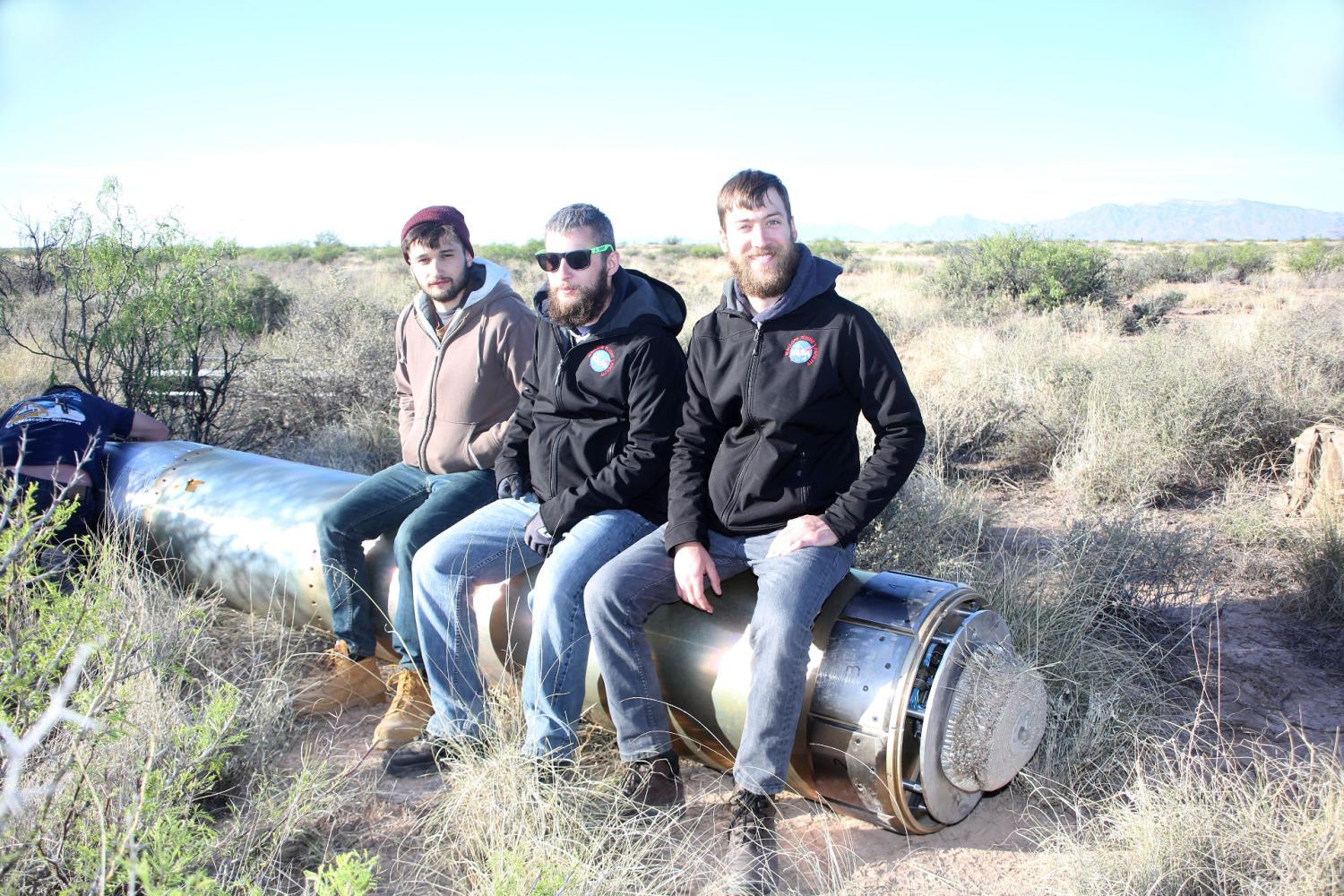Thomas Rogers

Now works at: Engineer II - Space Systems. Ball Aerospace
For my thesis project, I designed, built, and flew a soft x-ray spectrograph on board a suborbital sounding rocket. The instrument, named the Off-plane Grating Rocket for Extended Source Spectroscopy (OGRESS), was designed to observe diffuse supernova remnants which are too large to observe effectively with the Chandra and XMM-Newton telescopes. In addition to providing new scientific measurements, the OGRESS mission carried out technology development by utilizing Gaseous Electron Multiplier (GEM) detectors. OGRESS demonstrated the first successful space flight of GEM detectors, constituting a major milestone for their use on future Explorer-Class missions.
OGRESS launched successfully on May 2, 2015. I am currently analyzing the flight data, performing post-flight testing of the instrument, and preparing my thesis.
Recent Publications:
Rogers, T., Schultz, T., McCoy, J., Miles, D., Tutt, J., McEntaffer, R., 2015. “First results from the OGRESS sounding rocket payload”, Proc. SPIE, 9601
McCoy, J., Schultz, T., Tutt, J., Miles, D., Rogers, T., McEntaffer, R., 2015. “A primer for telemetry interfacing in accordance with NASA standards using low cost FPGAs”, SPIE, 9601
Rogers, T., McEntaffer, R., Schultz, T., Zeiger, B., Oakley, P., Cash, W., 2013. “The OGRESS sounding rocket payload”, SPIE, 8859


